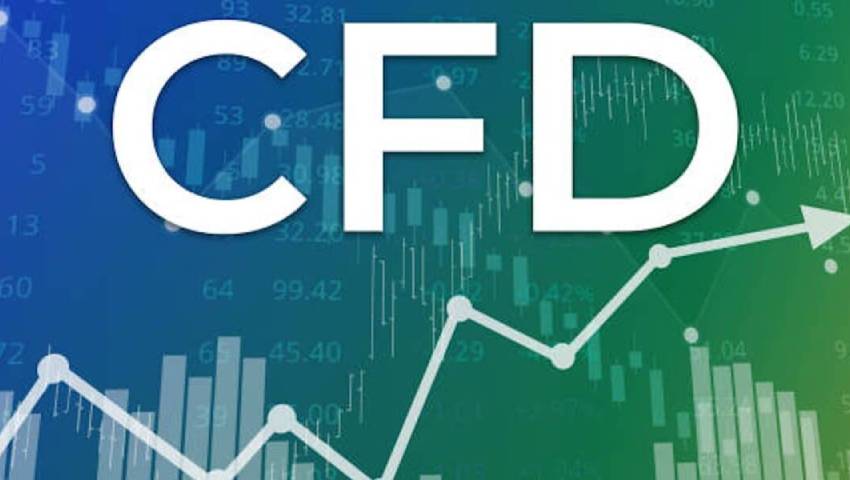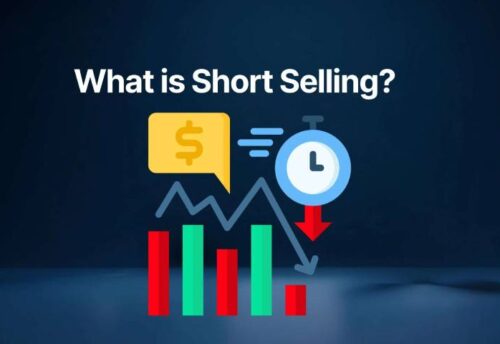
- 15/11/2025
- MyFinanceGyan
- 78 Views
- 0 Likes
- Share Market
What is a Contract for Difference (CFD) in Commodities? — Complete Guide
In modern financial markets, investors can trade not just physical assets but also sophisticated financial instruments known as derivatives. One such instrument gaining immense popularity in commodity markets is the Contract for Difference (CFD) — a flexible, leveraged way to profit from price movements without owning the actual commodity.
This guide explains what a commodity CFD is, how it works, its benefits, risks, and how it compares with traditional methods of commodity trading.
What is a Contract for Difference (CFD)?
A Contract for Difference (CFD) is a financial agreement between a trader and a broker to exchange the difference in price of a commodity between the opening and closing of the contract.
You don’t buy or sell the actual commodity like gold, oil, or wheat — instead, you speculate on its price movement. If prices move in your favor, you earn a profit; if not, you incur a loss.
How Commodity CFDs Work?
When you open a CFD position, you deposit a margin — a small percentage of the total trade value. Your gain or loss equals the difference between the opening and closing price multiplied by the number of units traded.
Example:
Crude oil trades at ₹6,000 per barrel.
You buy CFDs for 100 barrels with 10% margin = ₹60,000 invested.
If the price rises to ₹6,500, your profit = ₹500 × 100 = ₹50,000.
If it falls to ₹5,500, your loss = ₹50,000.
Key Features:
- Leverage: Control large positions with smaller capital.
- Two-way Trading: Go long (buy) or short (sell) to profit from price rises or falls.
- No Physical Delivery: No need for storage or transport.
- Wide Market Access: Trade metals, energy, agriculture, and industrial commodities globally.
- No Expiry: CFDs don’t have fixed expiry dates like futures.
- Transparent Pricing: Prices mirror the underlying market quotes.
Advantages:
- High Flexibility: Trade globally from one platform.
- Low Entry Cost: Pay only margin, not full value.
- Hedging Tool: Offset risk against physical holdings.
- High Liquidity: Tight spreads and quick order execution.
- Cost Efficient: No storage, insurance, or logistics cost.
Risks and Limitations:
- Leverage Risk: Amplifies both gains and losses.
- Market Volatility: Commodity prices can swing sharply.
- Margin Calls: Brokers may close positions if margin falls.
- No Ownership Rights: You don’t own the asset.
- Regulatory Variation: Rules differ across countries.
CFDs vs. Futures vs. Physical Trading:
- Leverage Risk: Amplifies both gains and losses.
- Market Volatility: Commodity prices can swing sharply.
- Margin Calls: Brokers may close positions if margin falls.
- No Ownership Rights: You don’t own the asset.
- Regulatory Variation: Rules differ across countries.
Starting Commodity CFD Trading:
- Choose a regulated broker with transparent pricing.
- Open and verify a trading account (KYC).
- Practice using a demo account.
- Fund your account with small capital initially.
- Use stop-loss orders to control risk.
Example in Practice:
Gold trades at ₹48,000 per 10g.
You expect a rise to ₹52,000.
Buy 20g CFD (₹96,000 exposure) with 10% margin = ₹9,600.
If gold hits ₹52,000 → Profit ₹8,000 → 83% ROI on margin.
Conclusion:
Commodity CFDs empower traders to participate in global markets with smaller investments, flexible trading, and high liquidity. But they demand discipline and risk management. With the right strategy, CFDs can be a valuable addition to both speculative and hedging portfolios.
Disclaimer: For education and awareness only. Not financial advice or investment recommendation.



